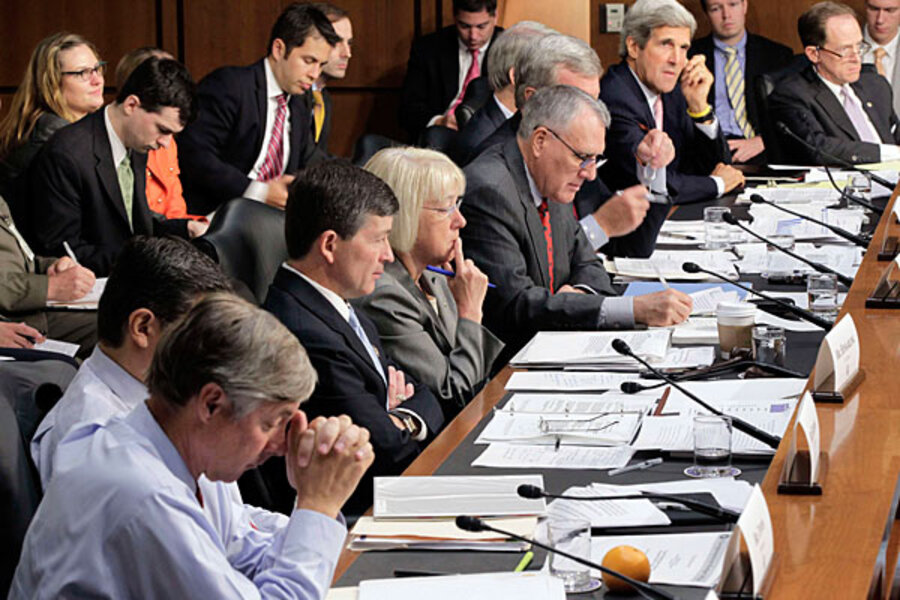The fiscal cliff wasn’t put together as a policy option – it wasn’t dreamed up by lawmakers as a way to handle the nation’s debt and deficit problems. Instead, the cliff comes as short-term fixes pile up and the parties become locked in intractable policy disputes.
In this case, Washington built the foundation of the fiscal cliff by maintaining policies like the AMT and the Sustainable Growth Rate (the formula that leads to the Medicare shortfalls addressed by the Doc Fix). Neither works as originally intended.
By only patching these items a year at a time, lawmakers can avoid adding them to the permanent budget, which makes future spending look lower – even if they have every intention of changing the law every single year. (The annual tax extenders package falls into this category as well.)
Then there are the Bush tax cuts, which were passed through a legislative work-around that required them to last only a decade. Again, rather than making a permanent change to the tax code that would spew red ink as far as the eye could see, congressional Republicans bet (correctly) that it would be hard for a future Congress to undo their handiwork. At the same time, they could profess to not exploding the deficit over the long run.
So how did Congress and Obama resolve this when the tax cuts expired? By punting the issue down the road and spending more money. In 2010, they not only extended the Bush tax rates for two years, but they also added extended unemployment benefits and the payroll tax cut, which would disappear at the same time – Jan. 1, 2013.
And then there’s the mother of all Washington failures, the sequester.
When congressional Republicans balked at raising the federal debt ceiling in 2011, Washington eventually crafted a deal that was supposed to cut $2.4 trillion in government spending during the next decade. The goal was to offset the hike in the debt ceiling with spending cuts.
Half the cuts came as caps on future government discretionary spending. The other half was supposed to be negotiated by a special committee of lawmakers, known as the supercommittee, who would be pushed to find a deal because the alternative – across-the-board reductions to liberal and conservative priorities from Meals on Wheels to the Defense Department – was so brutal.
Yet that committee failed, and the draconian sequester looms.







